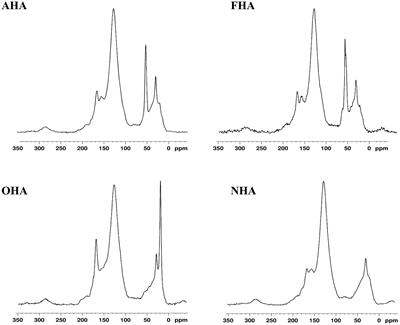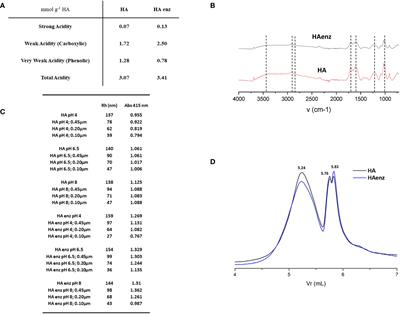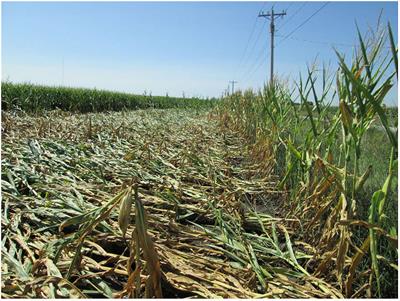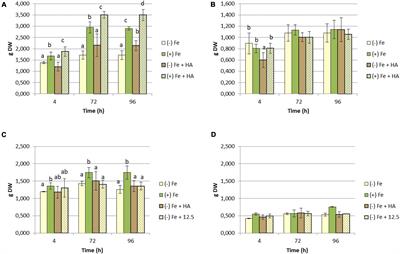ORIGINAL RESEARCH
Published on 29 Apr 2024
Investigation into the role of carboxylic acid and phenolic hydroxyl groups in the plant biostimulant activity of a humic acid purified from an oxidized sub-bituminous coal
doi 10.3389/fpls.2024.1328006
- 2,648 views
- 3 citations




